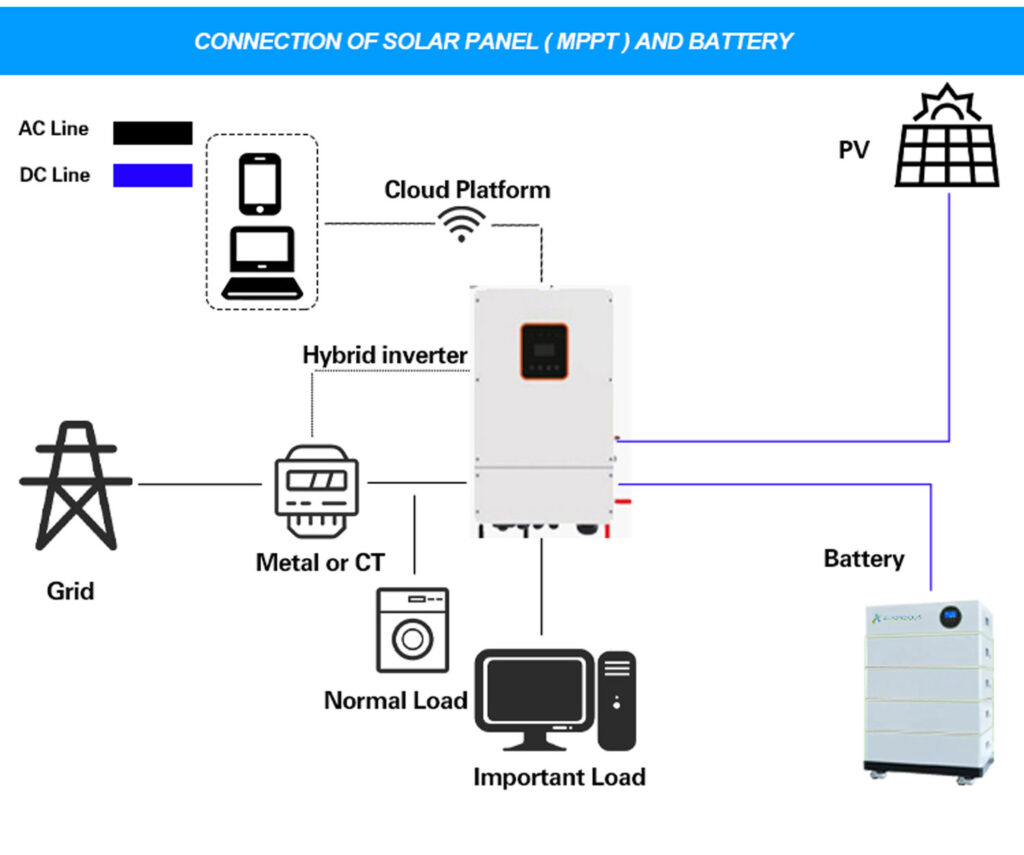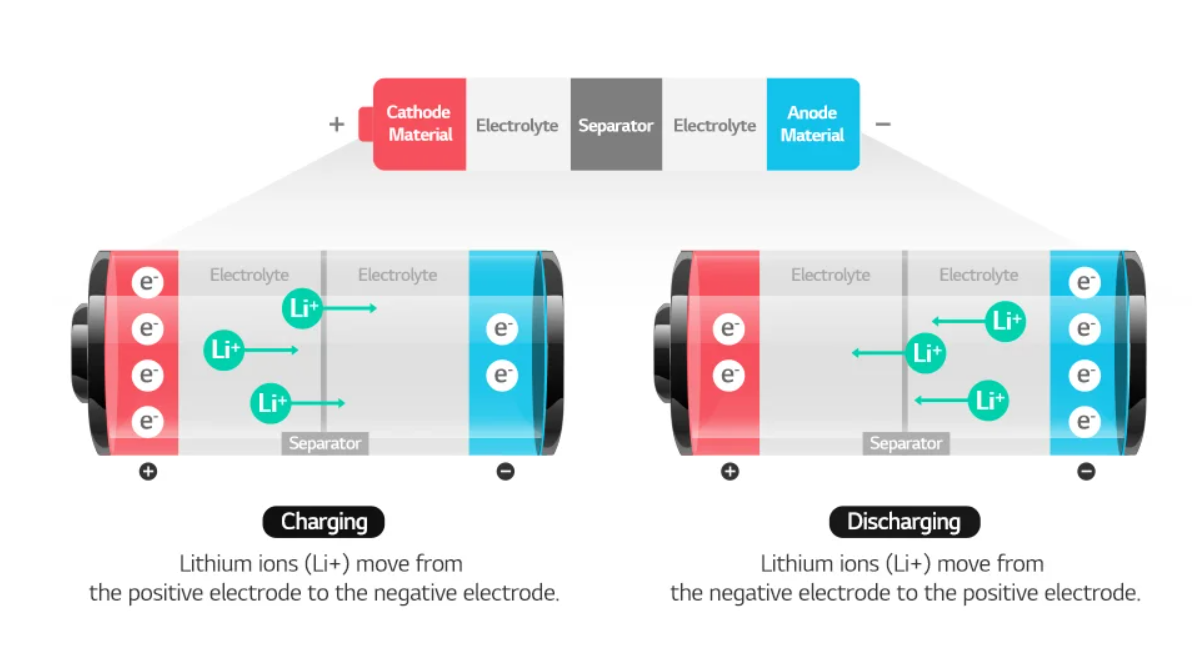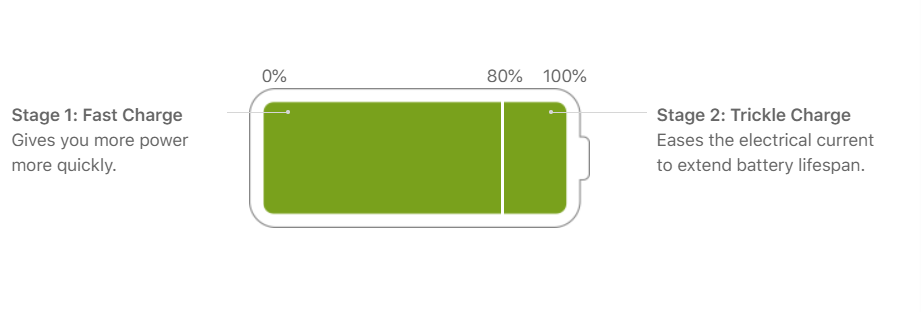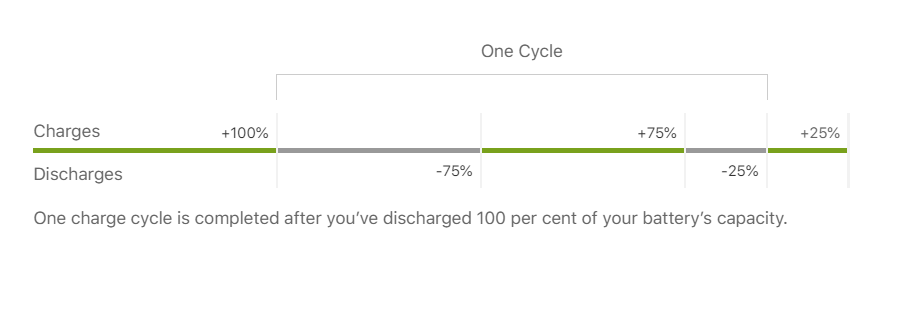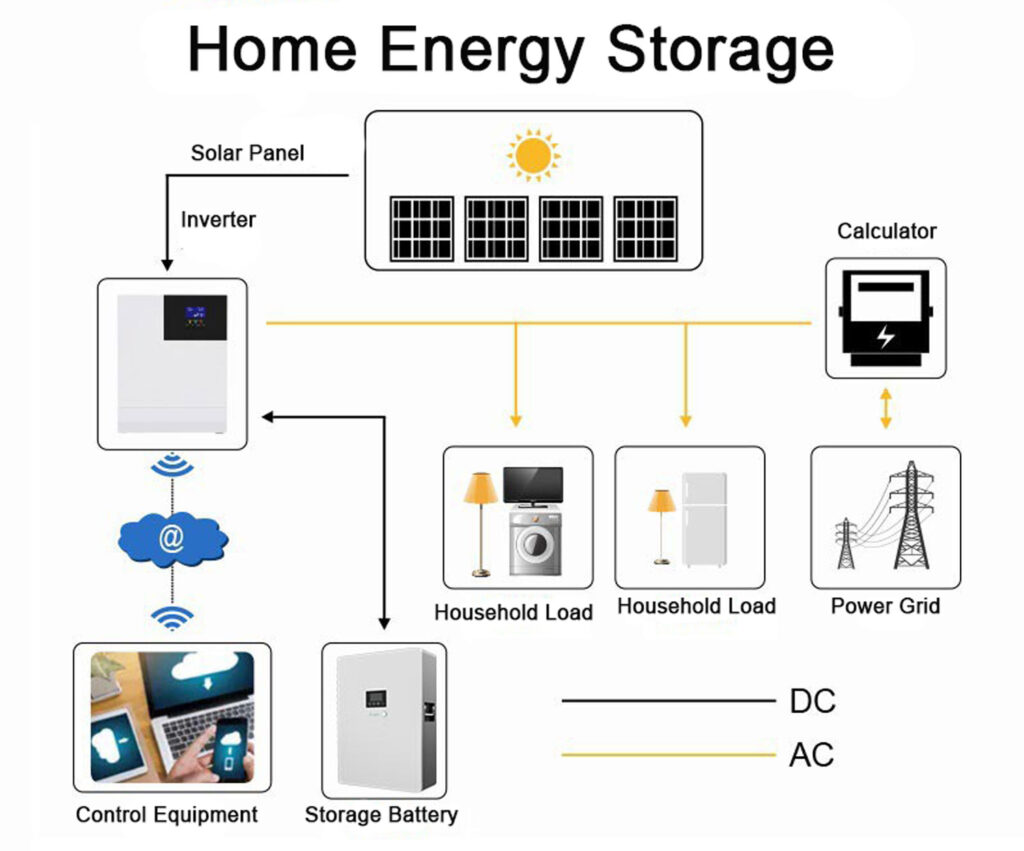5 Key Benefits of Battery Energy Storage Systems (BESS)
Installing battery energy storage improves your use of renewable energy, offers a backup power source, means less dependence on the grid, reduces your carbon footprint, and offers long-term cost savings. Find out more about the benefits of BESS in this article.
Whether you are looking to streamline your business or are keen to improve the energy efficiency of your home, investing in battery energy storage is potentially a great option for you.
At AceOn, we work at the cutting edge of BESS technology in the UK and have seen first-hand how transformative battery energy storage can be. So, if you’re on the fence about this emerging technology, here are five key benefits of battery energy storage systems that you can’t afford to ignore.
Improved use of renewable energy
Renewable energy has been around for a long time now, but there are many instances in which it is wasted. Without a storage solution, renewable energy can only be used when the conditions are favourable (such as when the sun’s out for solar).
When you install a battery energy storage system, you can harness renewable energy, store it, and use it at a time when no energy is being produced. This enables you to use renewable energy sources much more efficiently.
Backup power
Though some people are keen to turn to BESS as their sole power bank, others are content to rely upon it as a backup power source. In the face of more inclement weather and extended periods of blackout in some parts of the world, having a backup power source is a smart move.
The benefits to business are immeasurable, but having a BESS as a backup power for your home is also extremely beneficial. This means that you won’t be cut off from the world in case of a power outage and can add security to your home or business.
Less dependence on the grid
One of the biggest benefits of battery energy storage is that you become less dependent on the grid after installation. Although the National Grid in the UK is comparably reliable, it’s not fool proof and some parts of the UK experience more frequent power outages.
What’s more, as we’re facing increasing climate uncertainty, being less dependent on the National Grid has obvious benefits, as the climate could lead to increased outages.
Reduce carbon footprint
As we’re collectively moving towards net zero, installing a BESS at your home or place of work is an excellent way to reduce your carbon footprint. Harnessing renewable energy through BESS reduces your greenhouse gas emissions and minimises pollution, offering you peace of mind as you commit to your personal carbon footprint goals.
BESS also waste much less power than other energy sources as you can store any energy that you don’t consume. At a time when the UK is working so hard to meet ambitious climate targets, reducing your carbon footprint is a viable way of making a positive contribution.
Long-term cost savings
Although BESS are not cheap to install, they more than pay for themselves over time. This is because you can make huge savings when it comes to your electricity bills, while having a BESS even adds value to your home and business.
Ultimately, if you can afford the initial financial outlay, installing battery energy storage at home or your place of work will have positive long-term financial implications.
Recap: The benefits of battery energy storage
The overwhelming benefits of battery energy storage certainly outweigh the negatives and every year, we’re seeing more and more people turn to BESS to improve their use of renewable energy.
